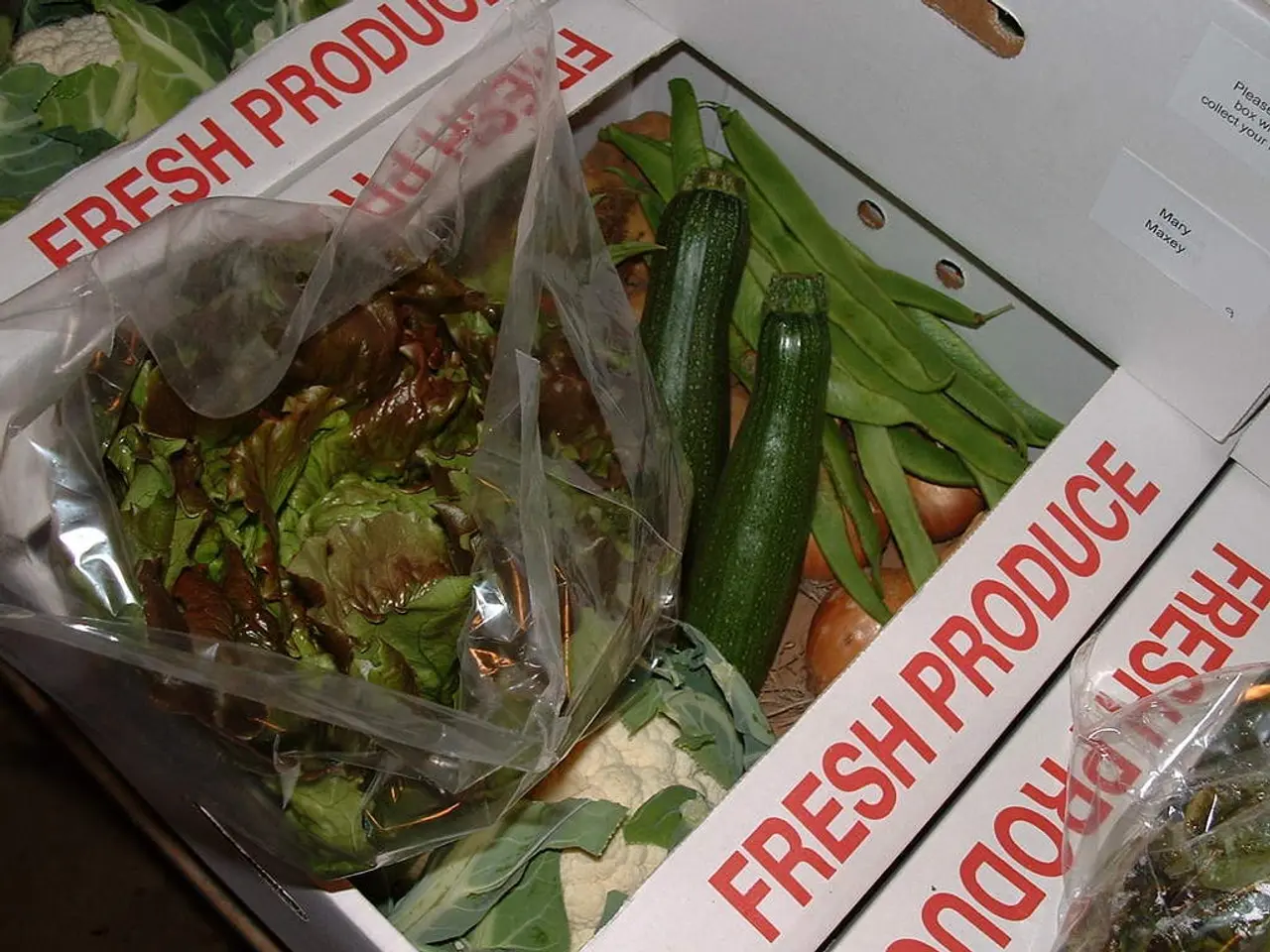Nurture Spring's Precocious Vegetable Crops
In the colder months, keeping vegetable plants and bedding plants thriving in unheated greenhouses or cold frames can be a challenge. However, with a few simple and cost-effective methods, it's possible to create a warmer microclimate and reduce frost damage.
**1. Frost Cloths (Horticultural Fleece):**
Covering plants with frost cloths, such as horticultural fleece or frost blankets, acts as an insulating barrier that retains heat from the soil and surrounding air. This method allows air and moisture to pass through, reducing the risk of overheating and dampness while providing a few degrees of frost protection. Frost cloths are particularly beneficial for delicate plants vulnerable to freezing temperatures and cold winds.
**2. Choose Cold-Hardy Vegetables and Use Passive Solar Cold Frames:**
Select cold-tolerant vegetables like lettuce, spinach, kale, and arugula that can continue growing slowly in low temperatures. Cold frames with slanted roofs angled optimally to capture the low winter sun trap solar heat during the day and release it at night, creating a natural warm microclimate. Materials like polycarbonate panels are excellent for glazing due to their heat retention and durability. Proper drainage holes should be incorporated to avoid waterlogging.
**3. Insulate Your Greenhouse or Cold Frame:**
Adding insulation materials inside the greenhouse or cold frame can help keep warmth inside. Options include bubble wrap, straw bales, or extra layers of plastic sheeting. Thermal mass objects such as water barrels or concrete floors absorb heat during the day and release it slowly at night, reducing heating costs and maintaining temperature stability.
**4. Water Wisely:**
Water plants in the morning with lukewarm water to allow moisture absorption before cold night temperatures set in. Avoid overwatering to prevent root rot caused by cold, wet soil.
**5. Improve Ventilation and Temperature Regulation:**
While keeping plants warm, it's important to ventilate on sunny days to prevent overheating and reduce fungal diseases. Automatic or manual vent openers can help regulate airflow efficiently.
**6. Use Supplemental Heating if Possible:**
If feasible, a small greenhouse heater or heat mats can provide controlled warmth to sensitive plants during prolonged cold spells. Heat mats are especially useful under propagation trays or seedbeds to keep root zones warm without overheating the foliage.
**Protection Methods and Materials Summary:**
| Protection Method | Description & Benefits | Recommended Materials/Tools | |-------------------------------|----------------------------------------------------------------|------------------------------------------| | Frost Cloths | Insulating covers that allow air/moisture flow, protect from frost | Horticultural fleece, frost blankets | | Passive Solar Cold Frames | Structures capturing solar heat with slanted roofs | Polycarbonate panels, reclaimed wood | | Insulation | Keeps heat in and cold out | Bubble wrap, straw bales, plastic layers | | Thermal Mass | Stores and releases heat | Water barrels, concrete floors | | Proper Watering | Morning watering with lukewarm water, avoids root damage | Lukewarm water, self-watering systems | | Ventilation & Temperature Control | Prevents overheating and disease | Roof vents, side vents, automatic vent openers | | Supplemental Heating | Provides consistent warmth during extreme cold | Greenhouse heaters, heat mats |
By implementing a combination of these strategies, you can significantly enhance plant survival and growth in unheated greenhouses or cold frames during cold weather, extending your growing season while minimizing frost damage.
In addition, sturdier plastic cloches provide additional protection from wind, raising temperatures up to around 5 degrees Celsius in some instances. Cloches should sit firmly in the ground to prevent losing them in high winds. Flexible polythene and wire hoop cloches are quick and easy to use for protecting young plants, while a few layers of old net curtains can be used as a cost-effective alternative to fleece for plant protection. In a greenhouse, heavier materials can be suspended on bamboo canes for protection, and fleece can be supported using wire or cane hoops for good air flow. Keeping the lids of plastic bottle cloches can help regulate ventilation, and plastic bottles from recycling bins can be cut and used as individual cloches over plants. A min-max thermometer can help decide when to provide plants with additional protection.
Remember, cold temperatures, frost, and cold winds can damage plants' leaves and check growth. Vegetable plants and bedding should be planted out after the risk of frost has passed. Protecting plants from cold temperatures in unheated greenhouses can be achieved using a variety of methods and materials, making it possible to grow a diverse range of plants throughout the year.
- To protect delicate plants from cold winds and freezing temperatures, use a layer of frost cloths, such as horticultural fleece or frost blankets, which act as an insulating barrier, allowing air and moisture to pass through while providing a few degrees of frost protection.
- In the home-and-garden, consider integrating cold-hardy vegetables that can continue growing slowly in low temperatures, like lettuce, spinach, kale, and arugula. Set up passive solar cold frames, which are structures with slanted roofs angled optimally to capture the low winter sun, trapping solar heat during the day and releasing it at night, thus creating a natural warm microclimate. Materials like polycarbonate panels are excellent for glazing due to their heat retention and durability.




